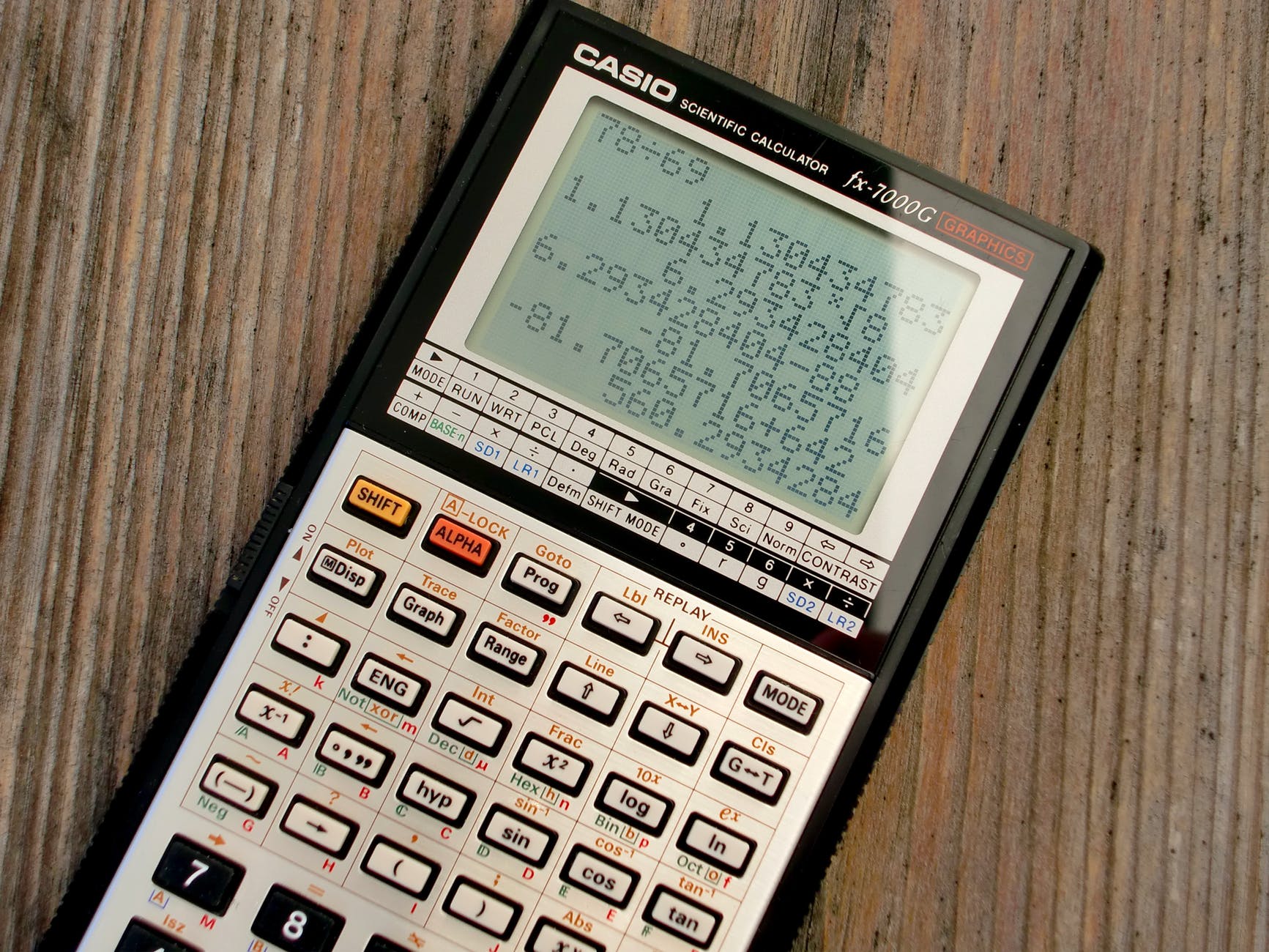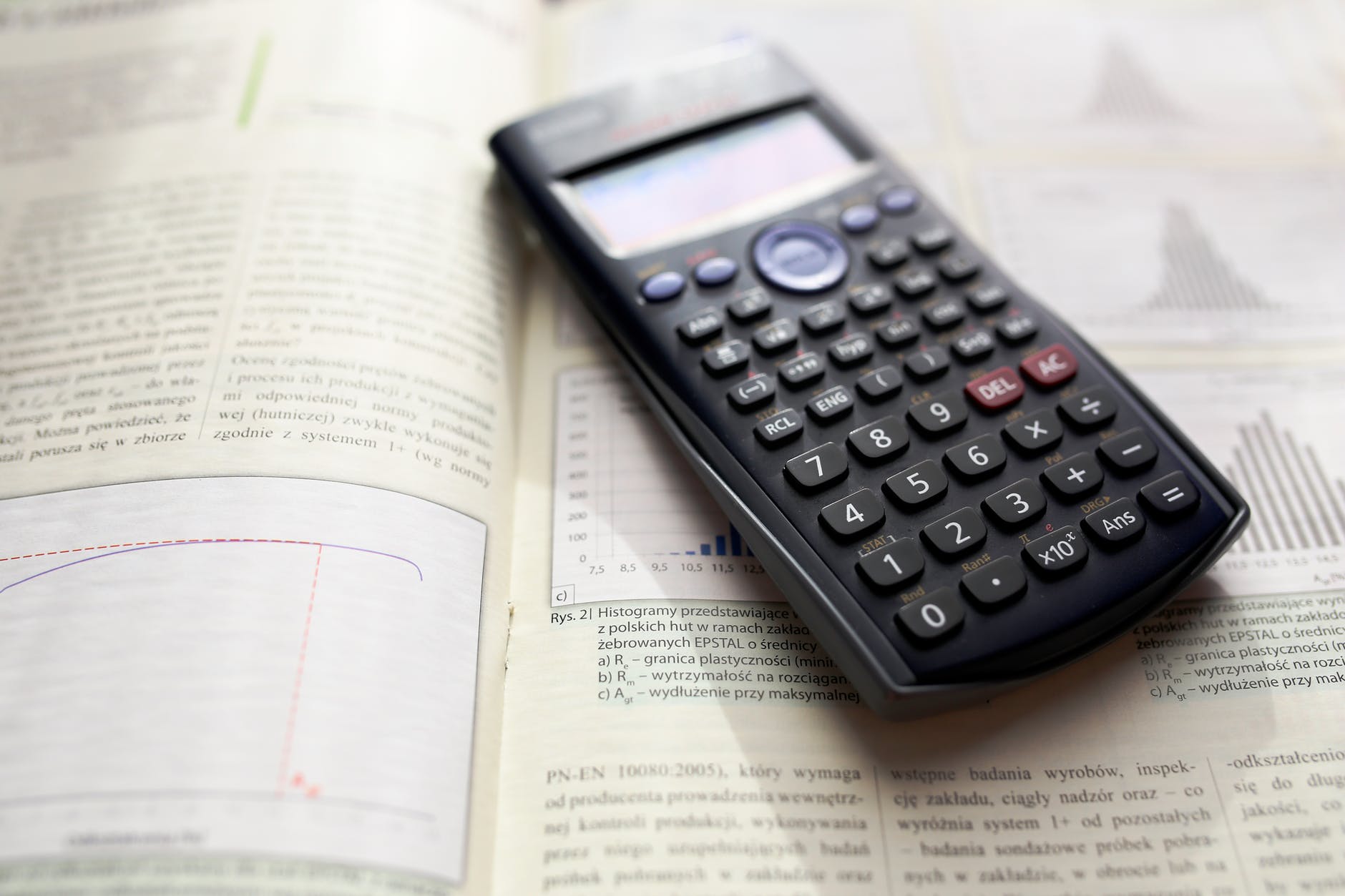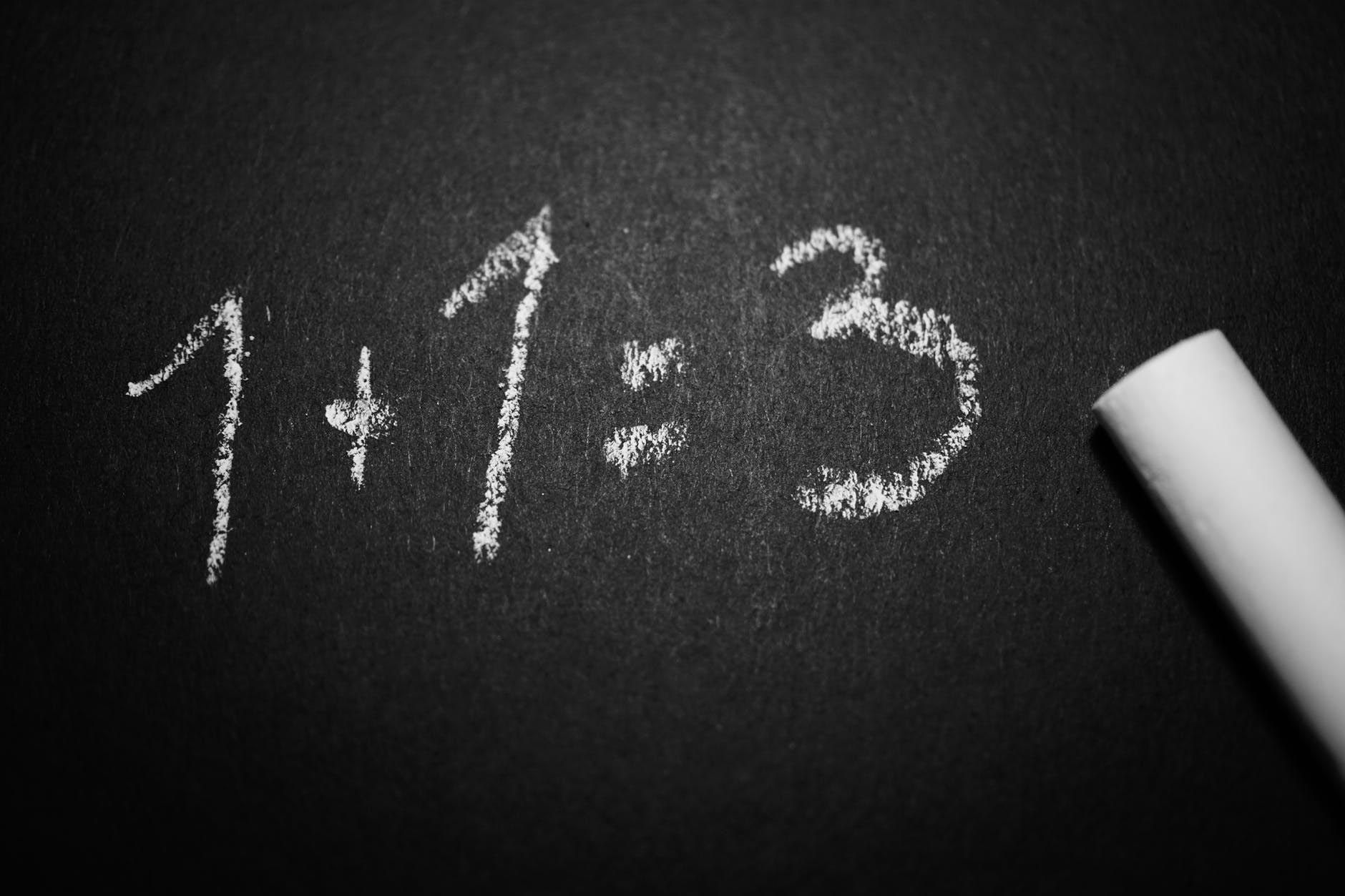
There are so many people who struggle with mathematics and yet some people seem to have no trouble whatsoever. Is there something different in their DNA or some super advanced part of their brains, or do they simply know some secret trick that helps them in their understanding?
The answer is a little of the second, but mostly the last. Scientific research suggests that those who are good at mathematics do have some areas of their brain more active during mathematical activities, however, this increased brain activity could be a result of increased mathematical training. Much like how an athlete’s muscles improve with training, regular mathematical exercises help to improve the performance of those brain areas associated with mathematics. Again, like an athlete in training, there needs to be some underlying skills and a good coach. All of us possess the minimum underlying skills, but not all of us are fortunate enough to have a good coach at the critical time when we are ready to start serious mathematical training.
Continue reading The Secret to Success in Mathematics







